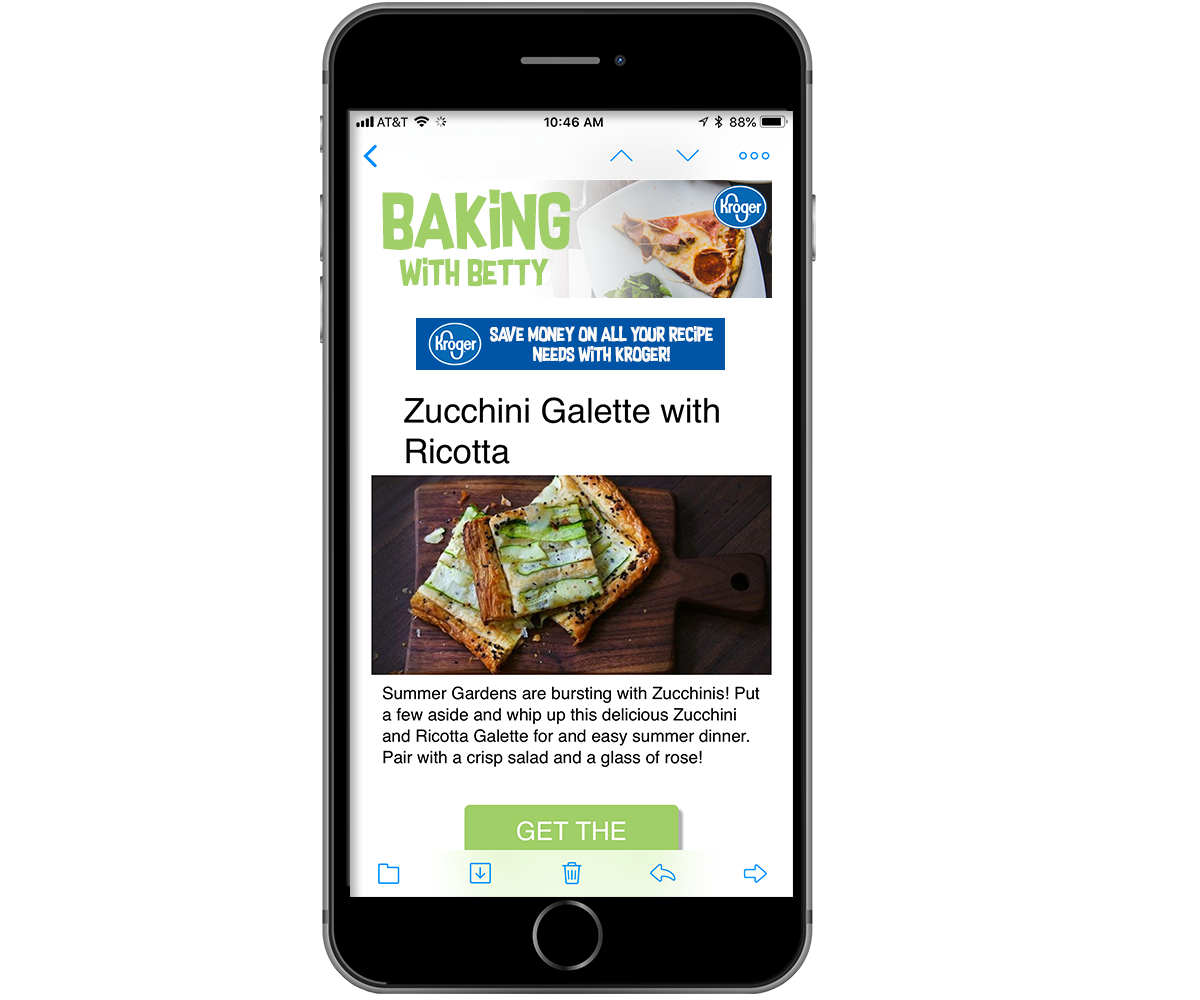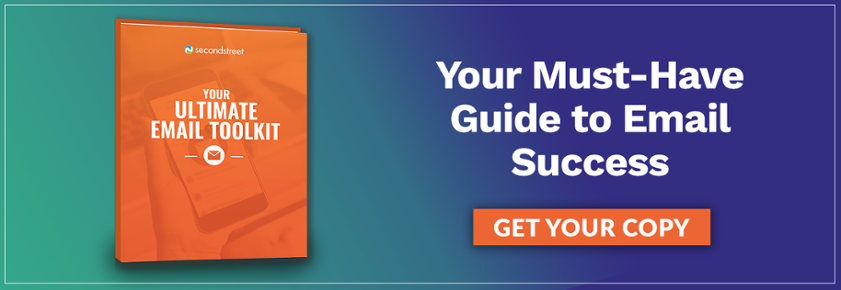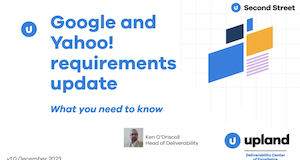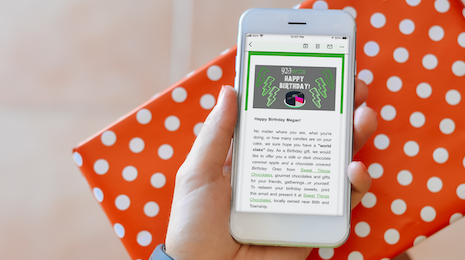DO – Build your high-value audiences.
First, determine your top interest categories. Once you know these content areas you can begin to nurture the engagement level of these audiences by running promotions. Creating newsletters for these more engaged audiences means a better opportunity for your advertisers.
DON’T – Sell based on newsletter list size.
Instead of selling just on the size of a list, sell on the list’s size, engagement, and frequency. Unopened newsletters have little to no branding or actionable value for you or your sponsors. Set a value for your email that also gives weight to email engagement and frequency.
DO – Match sponsors to newsletter topics.
This may seem like a no-brainer, but pair sponsors with newsletter topics relevant to them. Pets newsletter? Contact veterinarians and doggy daycares. Cooking newsletter? Reach out to grocery stores.

DON’T – Sell email as added value.
When you’re including a newsletter ad as an element of your promotion sponsorship packages, be sure to represent the value an advertiser gets from being in that email. Email is continuously the #1 driver of engagement for promotions, which means valuable branding and awareness for your sponsors. Represent the value of email during the sale of the promotion and by following up afterwards with the email stats.
DO – Experiment with ad format.
Even within the context of your newsletters, there are a handful of different ways you can incorporate your advertisers such as display ads, native content, or affiliate-based advertising. Experiment with which formats work best for different advertisers and different audiences – you may be surprised. Use A/B testing and click-through measurements to determine effectiveness of formats.

DON’T – Ignore the LTV of your emails.
Calculating the Lifetime Value of your email addresses gives you a sense of how much you stand to gain or lose with various email activities. It justifies the need for attention and resources around email within your organization. What is the value of email acquisition? What is the cost of an unsubscribe or abuse complaint? Download this quick tool to make sure you know your email LTV, so you understand the benefits and the costs.
DO – Leverage email ad networks.
You might not be able to find an advertiser for every newsletter you send. Liveintent and Power Inbox are good options for media companies who can’t always fill their inventory, and those who want deeper statistics on newsletter-based advertising.
DON’T – Prioritize monetization over engagement.
Email is a long-term strategy that can be sidetracked by make-a-buck initiatives. Remember that engagement should be your number one goal with your email newsletters. If you have an engaged list, the value will come over time.

Having a strong email strategy can enhance every initiative in your company. When you couple a healthy email database with your successful long-term email strategy, be prepared to achieve (or even surpass!) your annual revenue goals by turning your emails into money makers.






